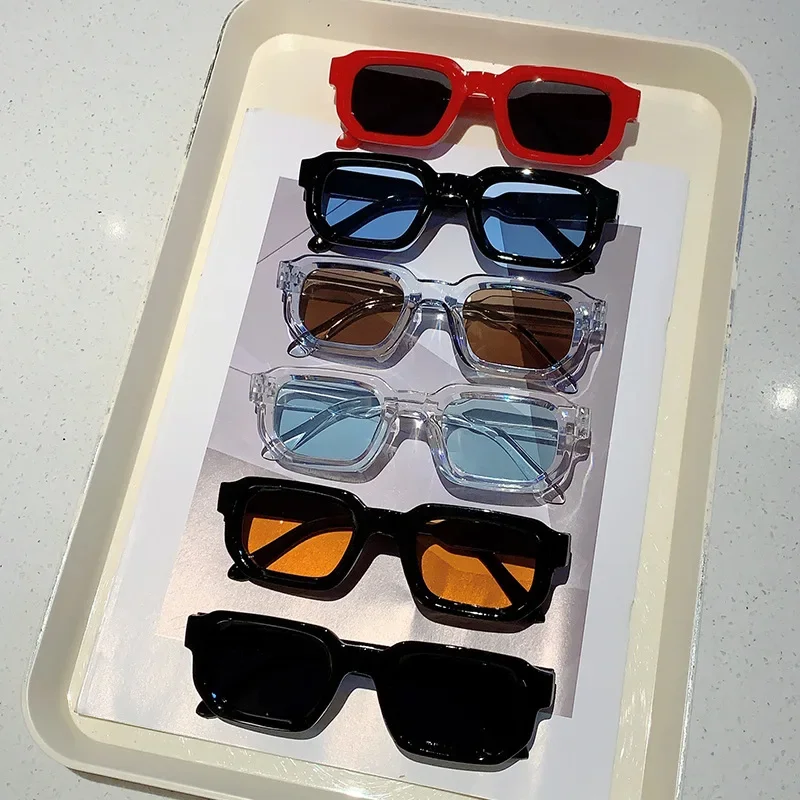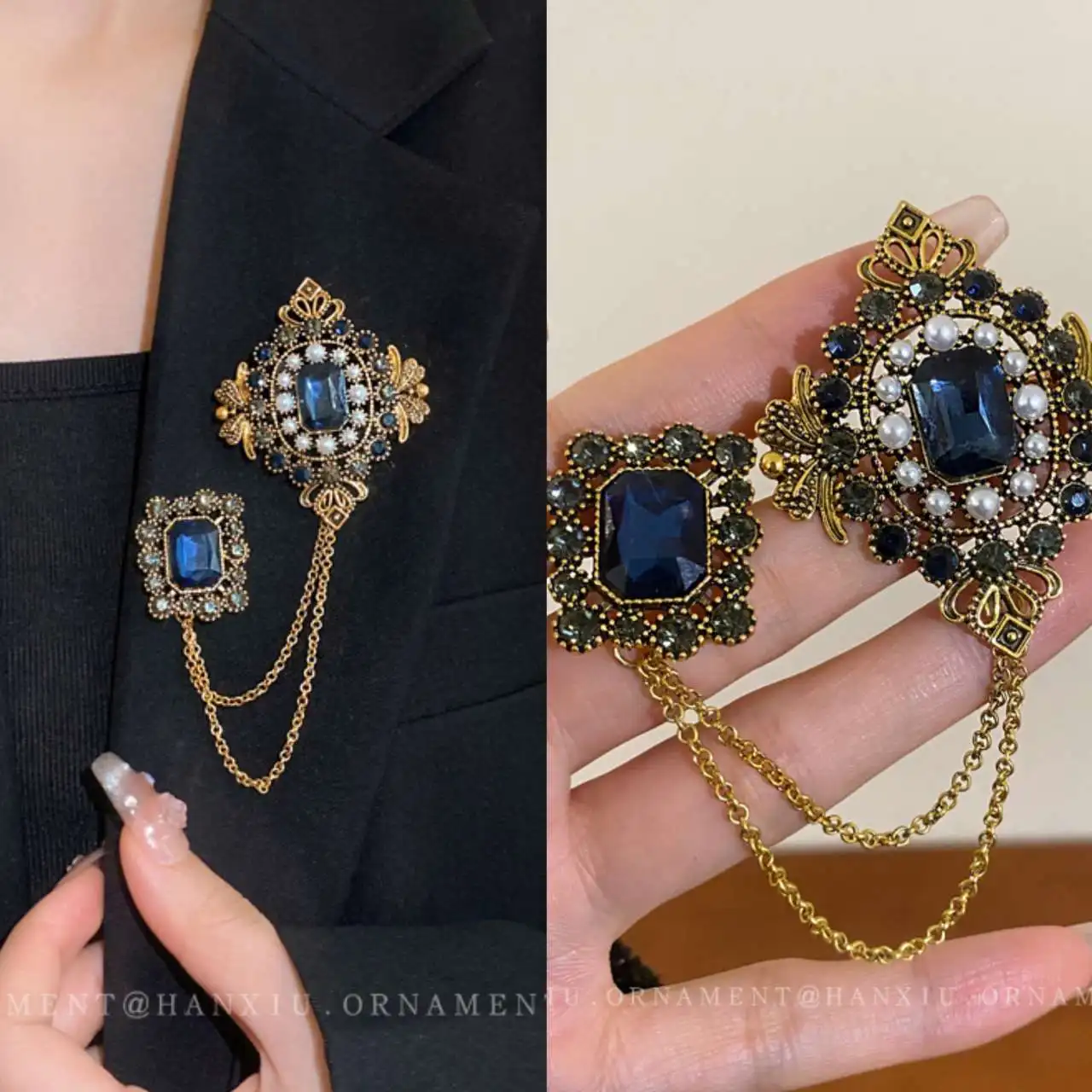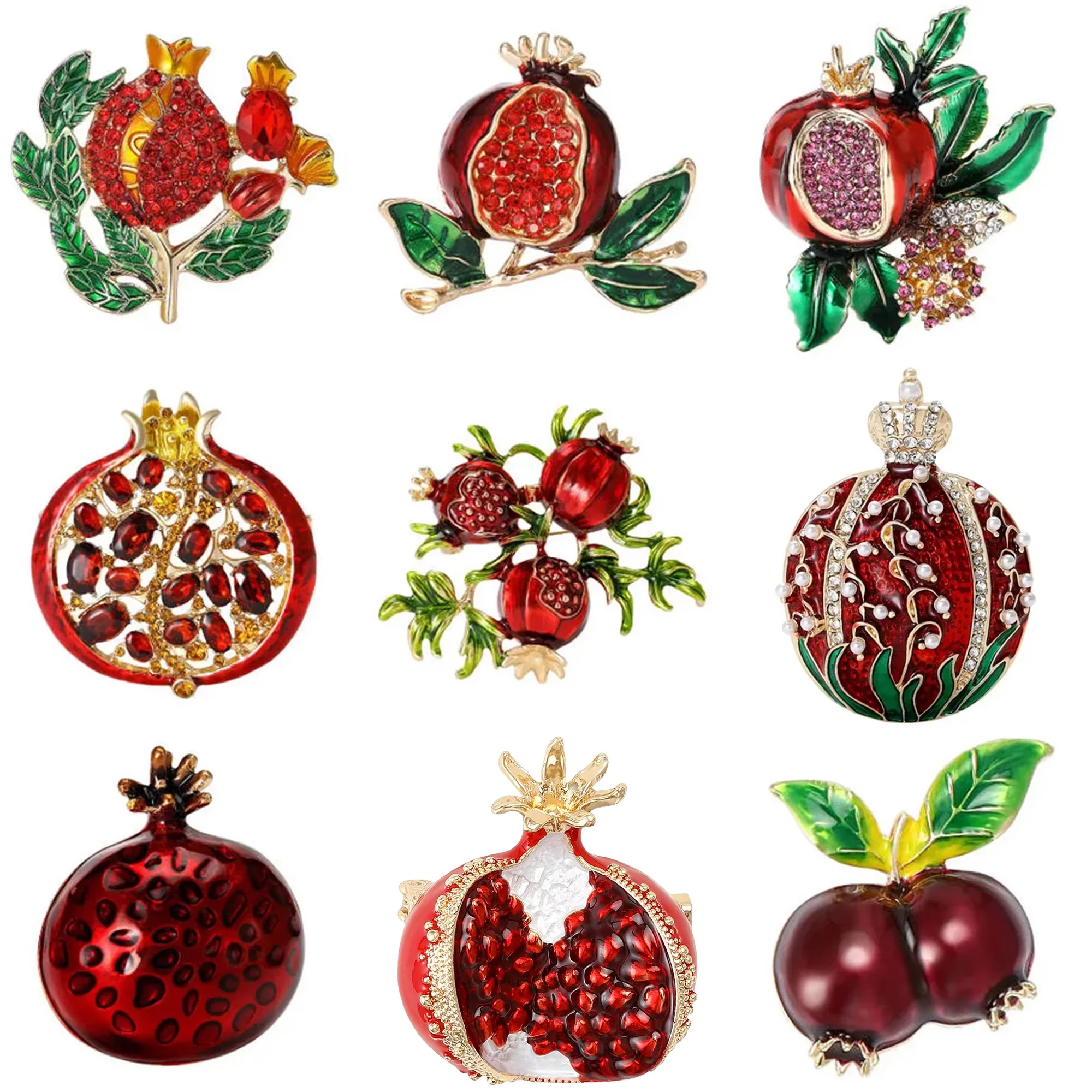A brief overview

Courtesy of Canva
From Ancient Elites to European Courts
The story of the high heel begins long before modern runways or designer ateliers. In ancient civilizations like Egypt and Greece, elevated footwear signified social rank and power. The higher the heel, the higher the status.
Fast forward to 17th-century Europe, and high heels graced the royal courts — with none other than King Louis XIV of France donning red-soled heels as a symbol of his royal authority. But following the French Revolution, heels fell out of favor, seen as outdated symbols of aristocratic privilege and inequality. What once embodied nobility was now a relic of a regime the people had rejected.
Heels Weren’t Just for Women – history of high heels
Interestingly, high heels weren’t originally designed for women at all. Early on, they were worn by men, kings, nobles, and warriors to convey power, status, and confidence. Over time, societal norms shifted, and the high heel became increasingly feminized, rebranded as a symbol of beauty, allure and femininity.
The 20th Century: Reinventing Heels Across the Decades
The 1900s ushered in a fashion revolution. During the flapper era of the 1920s and into the pre-war years, shorter hemlines meant that heels became a symbol of modern femininity and independence.
By the mid-century, stilettos emerged as the ultimate icons of glamor and sensuality, quickly becoming Hollywood’s go-to shoe for leading ladies.
The 1960s and ‘70s saw another wave of experimentation. Cultural icons like The Beatles and David Bowie helped reintroduce heels into men’s fashion, challenging rigid gender norms. Heels became part of a broader conversation around identity, style, and self-expression.
Designers like Christian Louboutin and Salvatore Ferragamo took the heel even further, pushing creative limits with sculptural designs, bold colors, and, of course, those signature red soles. Their work ensured that heels remained relevant in a constantly evolving fashion landscape.
High Heels in Pop Culture
From Marilyn Monroe’s seductive strut to Carrie Bradshaw’s “Manolo moments,” high heels have become pop culture legends. More than just accessories, they represent empowerment, sensuality, and unapologetic confidence.
Today’s fashion scene embraces endless heel styles — from block and kitten heels to stilettos and platforms — each one with a distinct attitude. Whether worn to make a bold statement or simply to feel fabulous, heels remain a defining element in wardrobes around the world.
The Legacy Lives On
What keeps high heels timeless? Their ability to evolve while retaining their essence. They speak the language of culture from royal courts to city streets — continuing to tell stories of power, elegance, and bold self-expression.





















